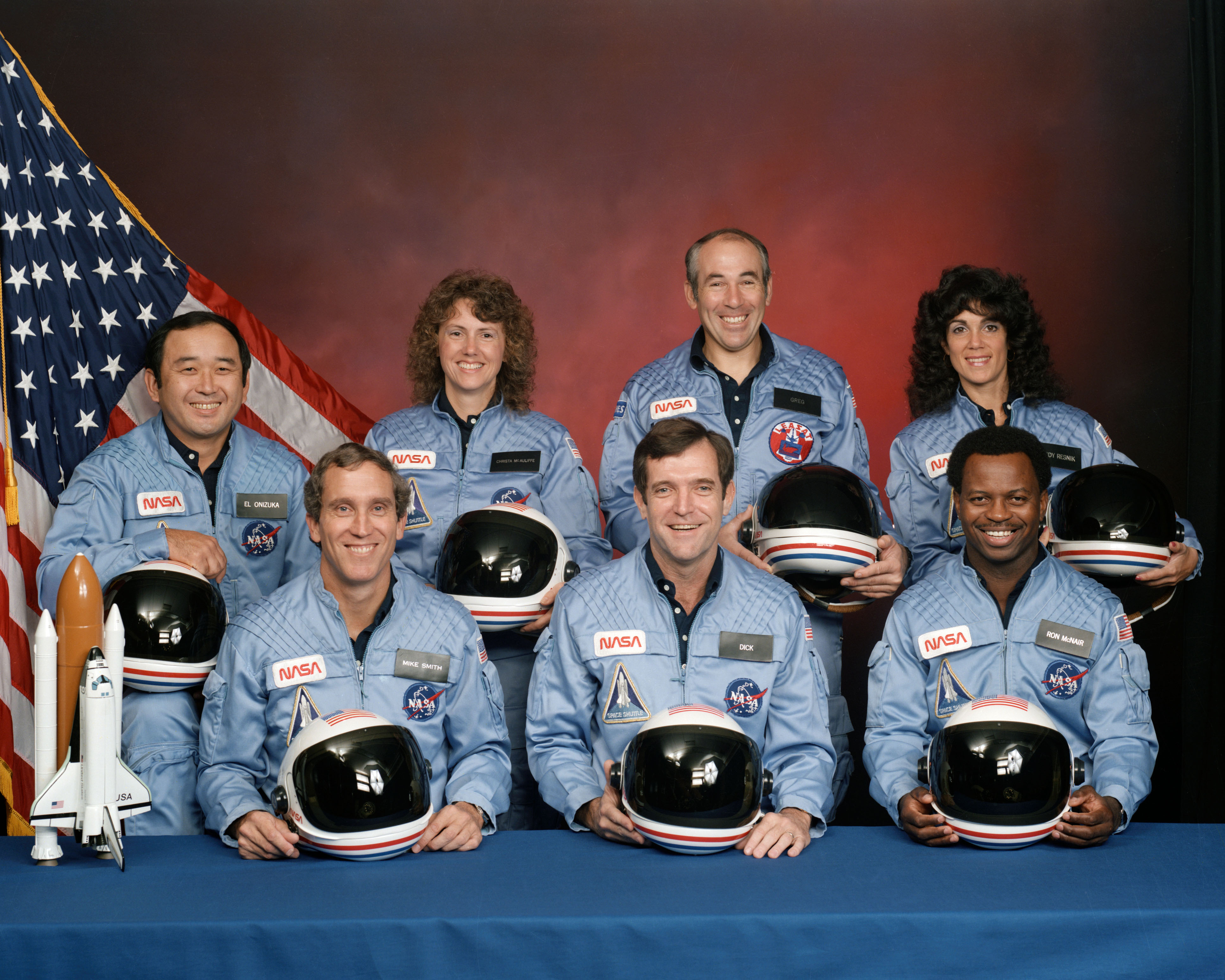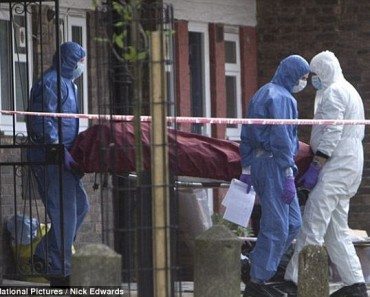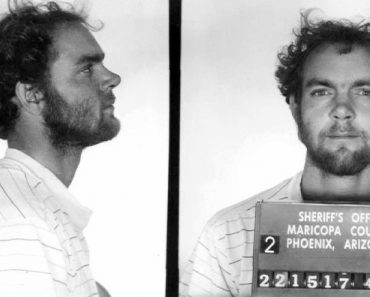On the morning of January 28, 1986, a series of small circumstances resulted in the deaths of seven people.
The weather having reached a low 27 degrees in Florida’s Cape Canaveral, ice had formed on the exterior of the Challenger Space Shuttle. The launch was still going to go forward, despite the cold. It would be the coldest launch in history. The night before engineers requested that the launch be delayed, with a fear of the cold airs effect on certain the shuttle. A second inspection of the shuttle was performed just a twenty minutes before the launch. Again, several specialists asked for a delay. The launch would proceed.

history.com
The O-ring seals on the solid rocket booster became brittle in the cold and failed.
Flames came out of the booster. Damaging the external fuel tank.
The fuel tank caught fire, causing the shuttle to be engulfed in flames.
The Challenger broke apart and crashed into the Atlantic.

time.com
It is believed that the seven member crew most likely lost consciousness due to the sudden loss of cabin pressure and dying from a lack of oxygen.
It took 2 minutes and 45 seconds from the initial O-ring failure until the cabin crashed into the ocean.
In the 30 years since, over 5,000 pieces of the Challenger have been found.
The Kennedy’s “Forever Remembered” has opened honor not only the Challenger victims, but the astronauts that died in 2003 after the Columbia crashed on re-entry and those of the Apollo 1 fire in 1967.
The last shuttle from the United States, Atlantis, left and returned to Earth in 2011. US astronauts now travel to the International Space Station on Russian shuttles.
This week mourners of the Challenger crew members gathered together at Kennedy Space Center and remembered the crew and the laid flowers at the “Forever Remembered” granite memorial.









